This post may contain affiliate links and I may earn compensation when you purchase through these links at no additional cost to you. Thank you for the support!
All of us struggle with stress and anxiety at some points in our lives. Some struggle with anxiety on a daily basis. The heaviness of anxiety and stress can leave us feeling overwhelmed and powerless. In order to live a joyful, fulfilling life, we need to have techniques in place to help us successfully provide anxiety relief and stress reduction. The practices of yoga have techniques that can help.
This post contains affiliate links. If you make a purchase through the links I may make a small commission at no additional cost to you. Thank you for your support!
Anxiety disorders affect 40 million people in the United States of America. It is considered the most common group of mental illnesses in the country. There are several main types of anxiety disorders. However, only 36.9% of those afflicted with an anxiety disorder seek and receive treatment. This data was found in an article at Medical News Today.
The practices of yoga can help ease the symptoms and prevent the onset of anxiety. Yoga involves the regulation of the breath through pranayama (breathing) practices. In yoga, we work with the breath ultimately to affect the mind. Also, yoga focuses on mindfulness, living in the present moment. We practice living in the present moment while on our yoga mats and aspire to carry mindfulness with us throughout our daily lives.
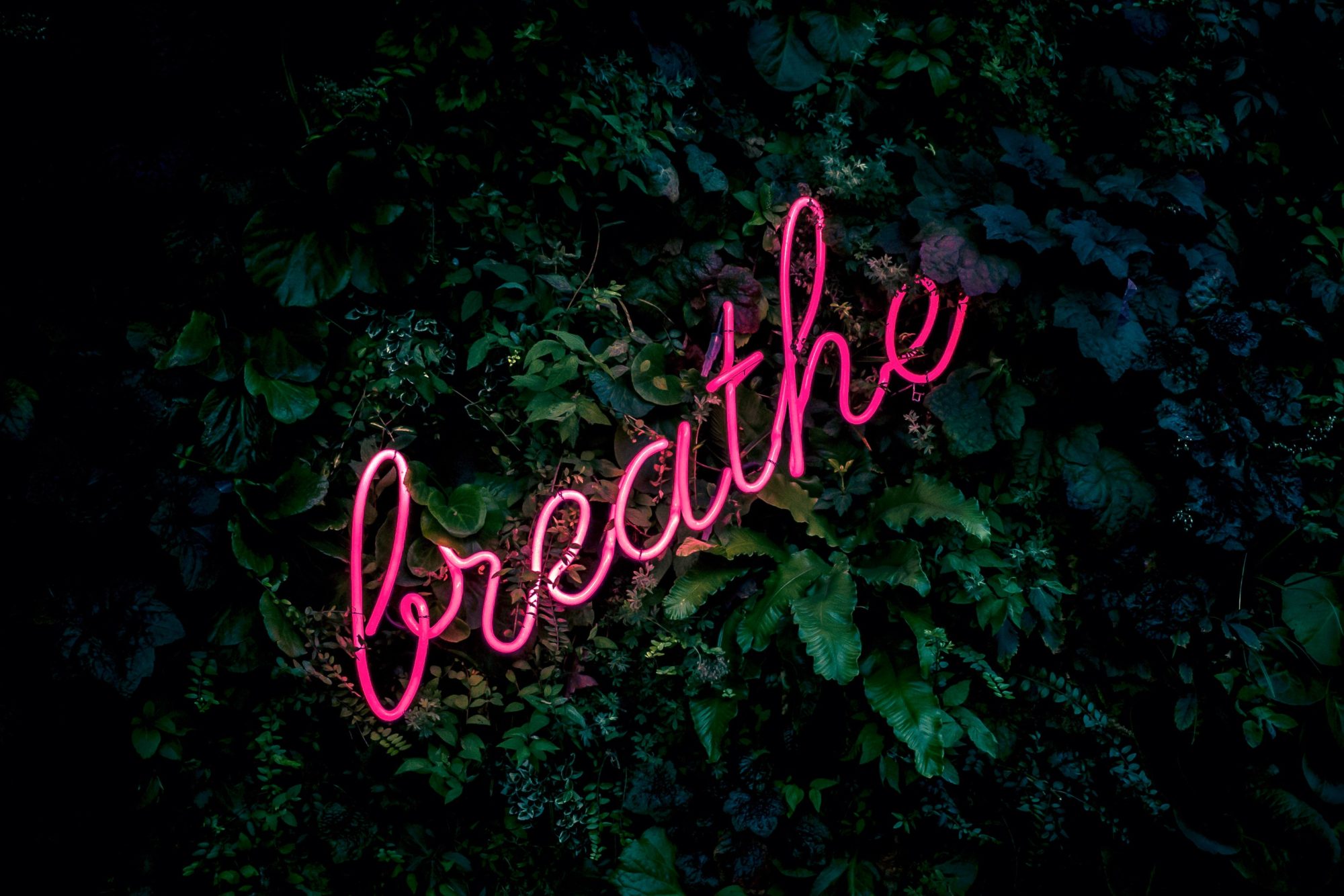
Photo by Fabian Møller on Unsplash
Yoga gives us much-needed tools to prevent anxiety from taking hold or to stop its progression in its tracks. It’s extremely helpful to have some techniques to calm and center yourself when it feels like things are getting out of control.
Yoga is certainly not a cure-all for anxiety. However, by practicing the poses described below, with mindfulness and attention on the breath, you can experience anxiety relief. By practicing mindfulness, you bring yourself into the present moment and focus on the here and now, not thinking/worrying about the future. Have you considered professional therapy? Convenient and Affordable Online Therapy! Save $65 on Your First Month With Code APPLY65 at Talkspace.com !
Anxiety is defined as a feeling of worry, nervousness, or unease, typically about an upcoming event or something with an unknown outcome. When we are anxious, we are living in the future, not in the present moment.
People who experience anxiety can have symptoms that range in severity. Some people may experience mild anxiety as part of their normal emotions and it doesn’t impact their lives significantly. Others may suffer from severe, crippling anxiety that negatively impacts the quality of their lives. Or, the symptoms could be on the continuum between these two extremes.
How does yoga relieve anxiety?
One of the aspects of the vast practice of yoga is mindfulness. Here is one definition: “Mindfulness means maintaining a moment-by-moment awareness of our thoughts, feelings, bodily sensations, and surrounding environment.” (www.positivepsychologyprogram.com) When we practice living in the present moment we take away the worry of what is to come. Anxiety is often living in the future, worrying about the unknown.
The practice of conscious breathing, with various pranayama (breathing techniques) is another aspect of yoga. Breathing with conscious awareness makes a significant difference to an anxious person, immediately calming the physical responses in the body. With yoga, one can train the mind and body to come into a state of calm. This skill will then be useful to bring yourself back to center, even when experiencing the chaos of high emotion.
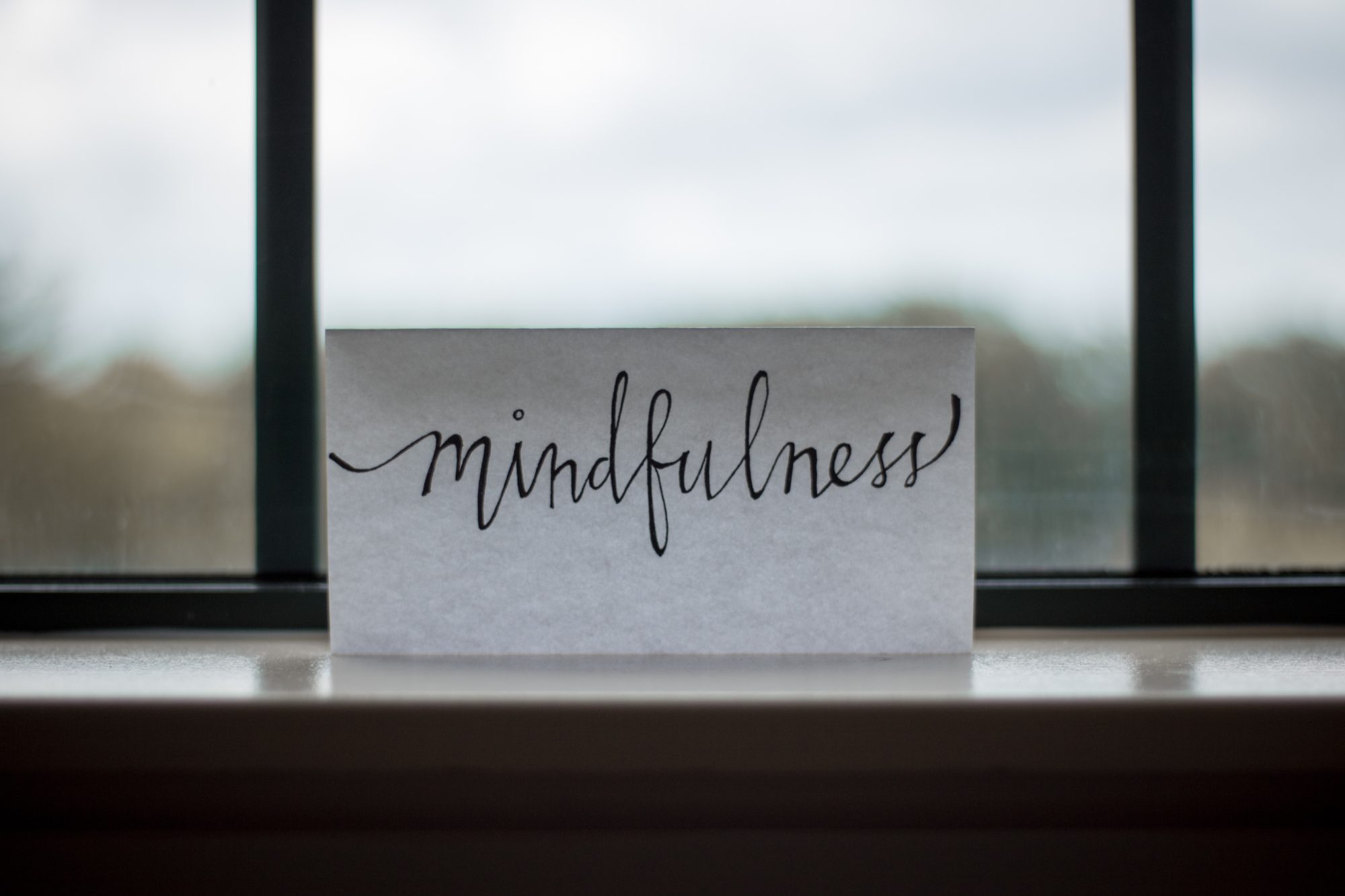
Photo by Lesly Juarez on Unsplash
5 Yoga Poses to Provide Anxiety Relief
By practicing these poses with conscious breathing and mindfulness, you will be training your mind and body to come back to your center and to return to a place of calm.
- Legs Up the Wall Pose – Viparita Karani I have dedicated an entire post to this restorative pose, because it is SO awesome, check it out at Legs Up the Wall. If you need some self-love, self-care time, I highly recommend this pose. *It is well known to assist in anxiety relief. It’s a favorite of mine and easy to do.
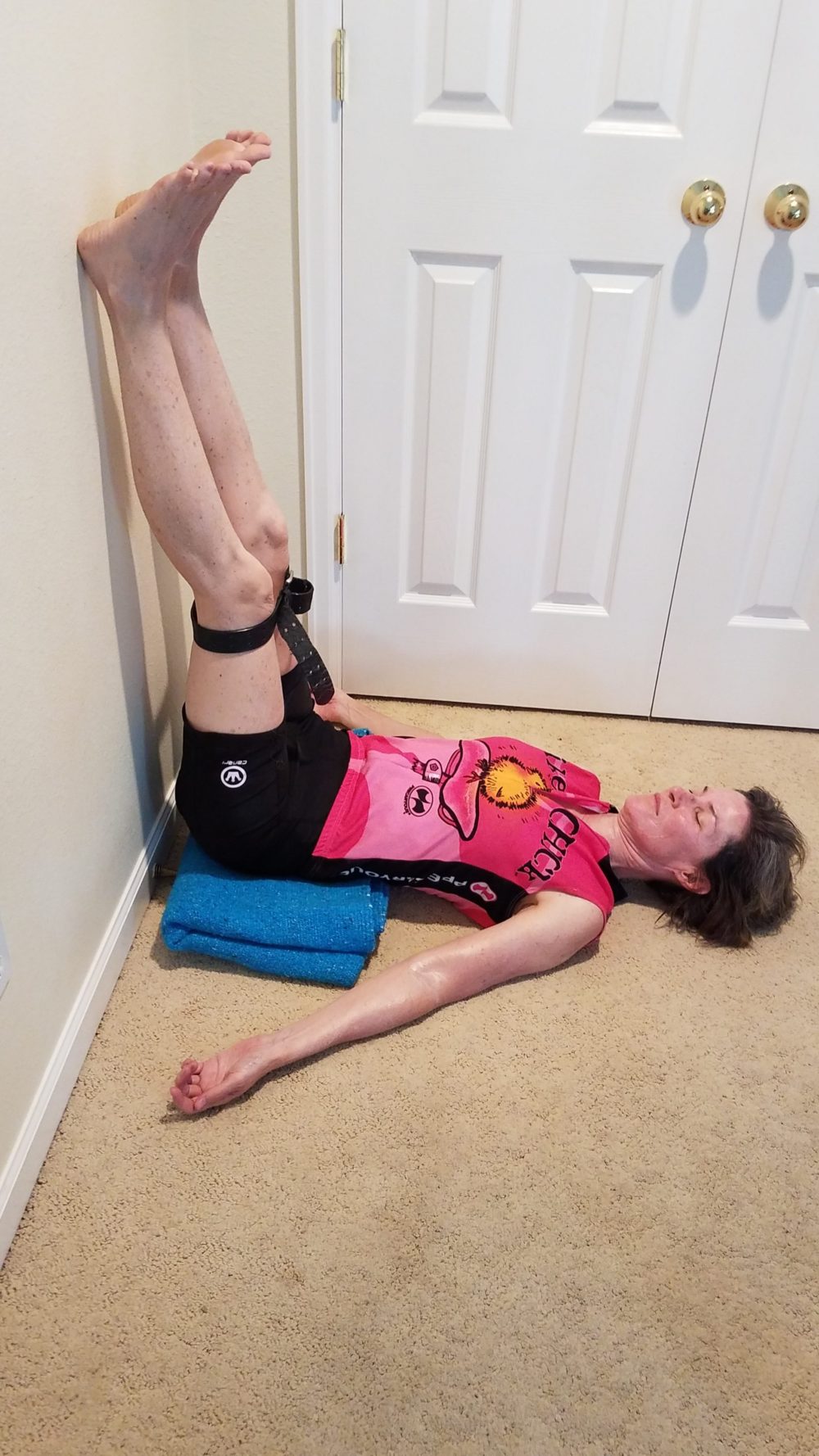
Step-by-step instructions:
-
- Collect props – 2-3 yoga blankets or a bolster, yoga strap, eye pillow (optional), yoga mat.
- Set up your mat with the short end against the wall. Fold your blanket to make a yoga bolster (as pictured). The more flexible you are in the hamstrings (back of the thighs), the higher your prop can be. You can fold up two blankets and stack them, or use a yoga bolster. For less flexible individuals, use a lower prop – one blanket, folded in half lengthwise, then folded into a square, then folded again (into a rectangle). If you are more flexible in the back of the legs, the blanket can be placed closer to the wall (0-6 inches from the wall), if you are less flexible, place your blanket bolster further from the wall (~12 inches away.) These are estimates, you can adjust as needed.
- Sit with the side of your body against the wall, just off of the yoga mat. Take a strap made into a loop, around the shins or the thighs just above the knees, and cinch it up slightly so there are still a few inches between the knees. Watch the video (below) to see how to do this easily!
- Bring your back and head down onto the mat as you swing your legs up the wall. Walk the feet across the wall lifting the hips and place the hips onto the blanket stack or bolster. Adjust your distance from the wall, so that you can rest easily with the legs up the wall. The strap is used so that you don’t have to “hold” the legs there, but can rest.
- Place an eye pillow over the eyes if desired. Place the arms on the floor away from the body with the palms up.
- Use a calming breathing practice to help you release into the pose. Inhale to the count of 3 or 4, exhale to the count of 5 or 6. Lengthening the exhale breath is relaxing to the body. Do this for as many breaths as you like.
- Then just settle into rest. The “work” in the pose is to let go and surrender. Take at least 5 minutes in the pose, work up to 15-20 minutes.
Watch my YouTube Video for Legs Up the Wall Pose:
2. Standing Forward Bend Pose – Uttanasana
*This pose is well known for calming the mind and soothing the nerves. It is helpful to relieve stress and anxiety.
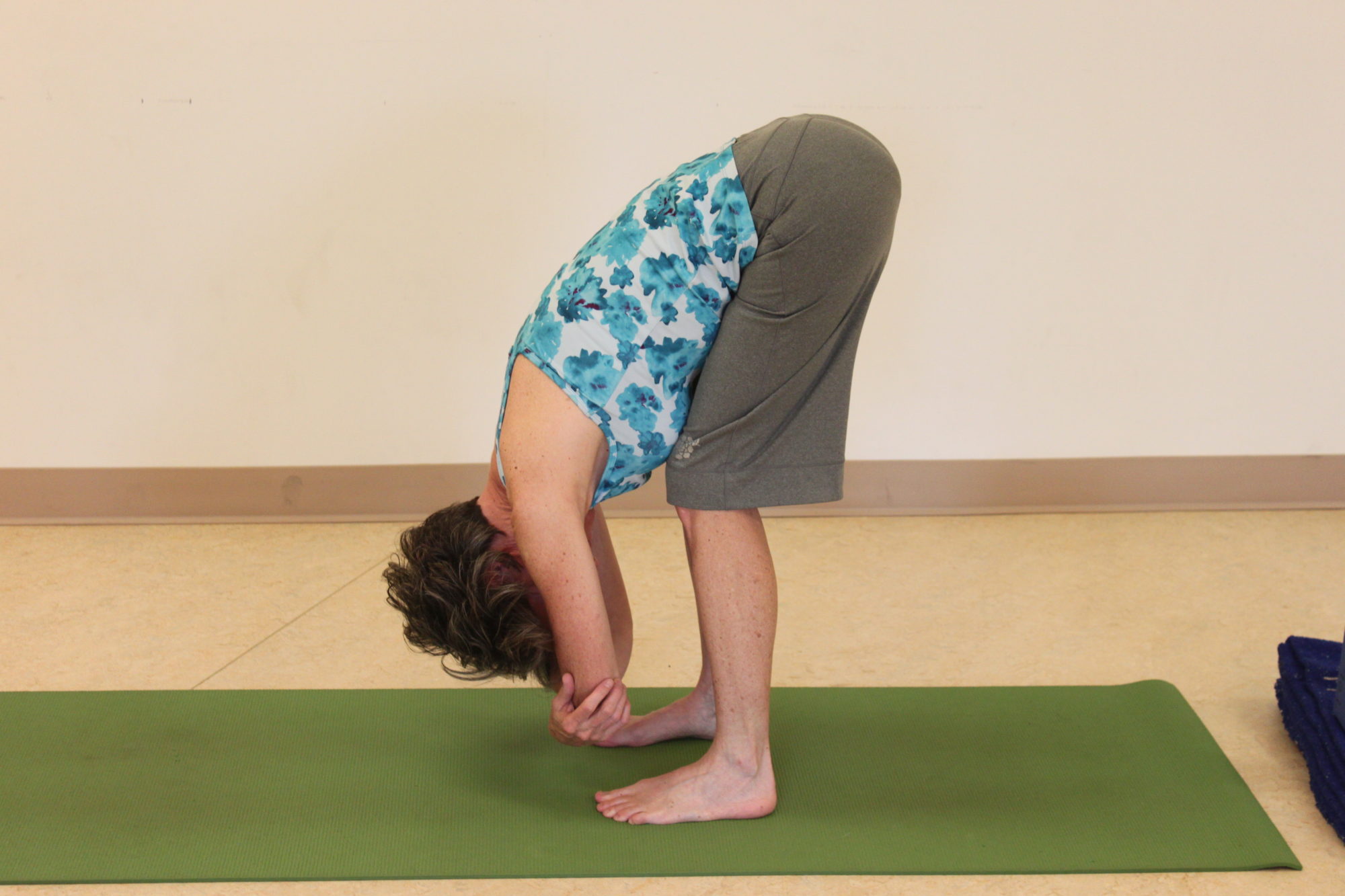
Step-by-step instructions:
- Begin in Tadasana, Mountain Pose. Inhale reach the arms overhead, exhale forward fold from the hip crease. Let the forward bend come from the hips and not the back.
- Bend the knees as much as you need to, to bring the chest close to, or on the thighs.
- Let your head hang toward the floor. Release through the neck, nodding the head “yes”, shaking the head “no” and making small circles with the head to release tension in the neck.
- Stay here for 5-10 breaths, allowing the muscles in the backs of the legs lengthen, breathing steadily and smoothly in and out through the nose. Hips are right over the ankles. Let your body weight shift slightly forward so more weight is into the balls of the feet.
- When you are ready to come out of the pose, place the hands on the hips and lift on an inhale breath with a flat back all the way back to a stand.
3. Devotional Pose – Bhaktasana *Bhaktasana is an excellent pose to relieve stress and anxiety. It calms the mind and body and encourages steady breathing.
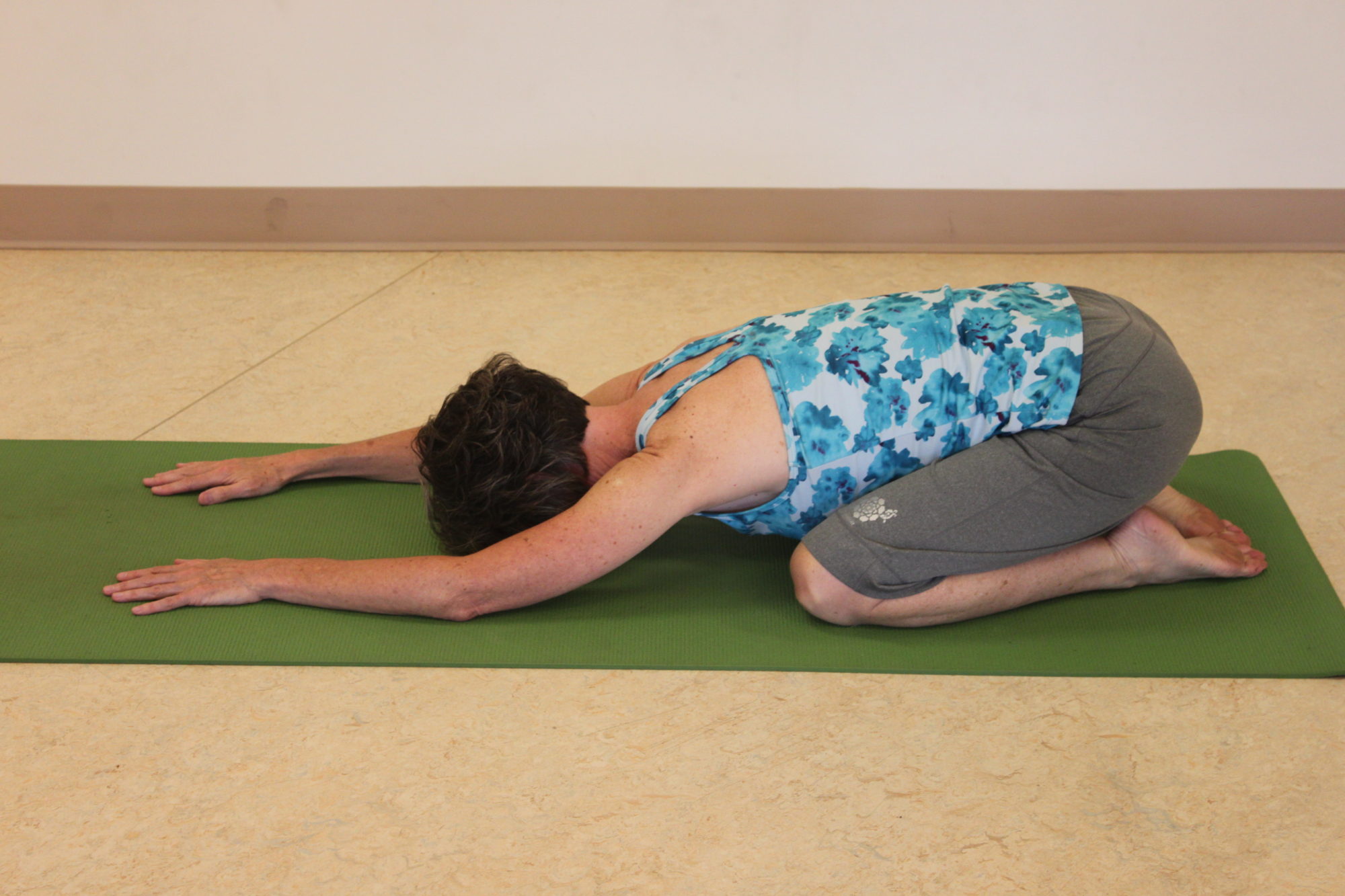
Step-by-step instructions:
- Begin in table position, on all fours. Wrists under shoulders, knees directly under hips.
- Press the hips back over the heels with the arms extended and bring the forehead to the mat (or a block/blanket.)
- Breathe and rest here. Let the arms relax. Stay for 1-3 minutes.
4. Cat/Cow Pose(s) – Marjaryasana/Bitilasana Cat/cow is actually a flow between 2 poses. *This breath-synchronized movement creates emotional balance and calmness in the mind, and feels fantastic! Not a day goes by that I don’t do these two poses together!
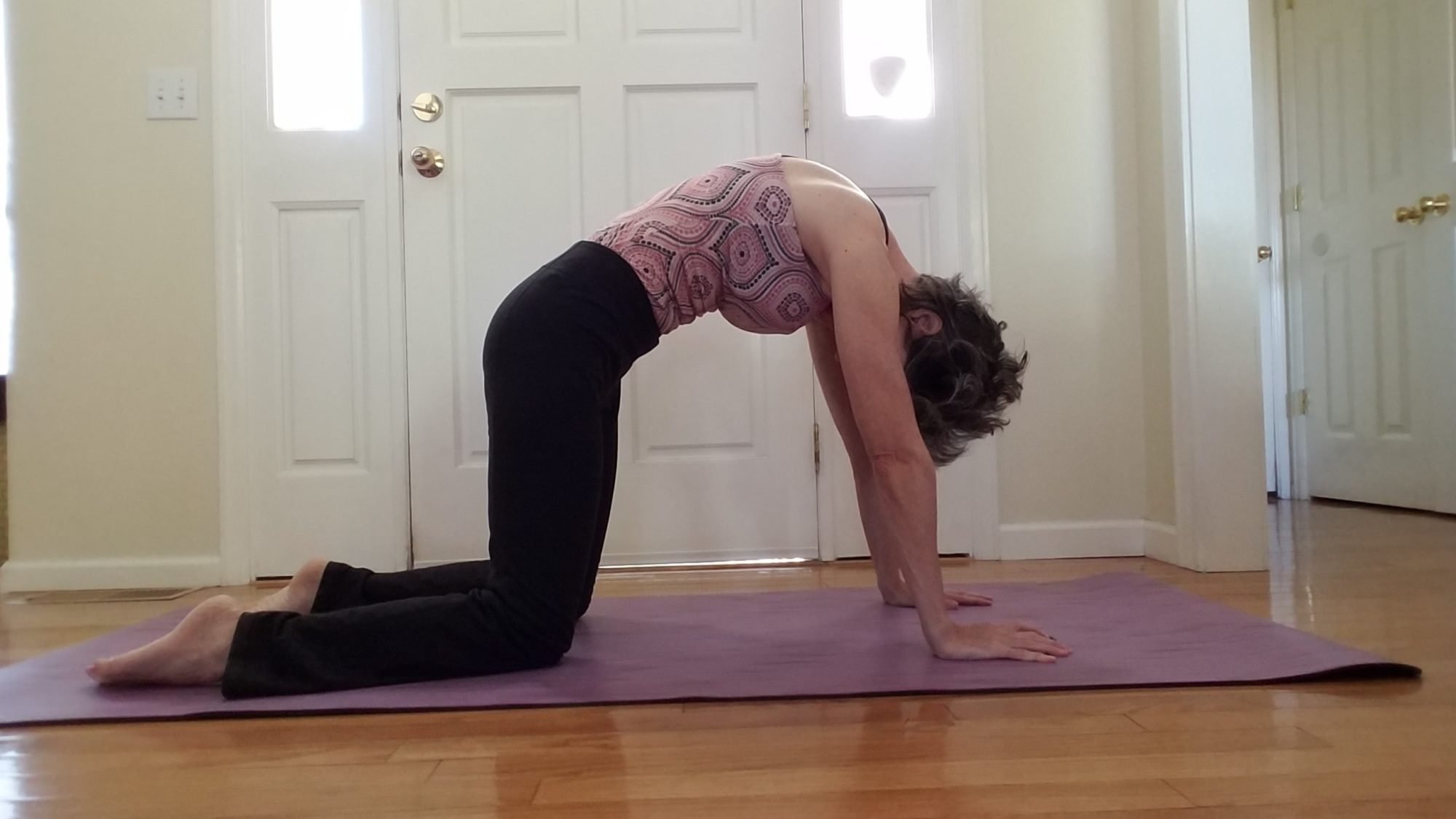
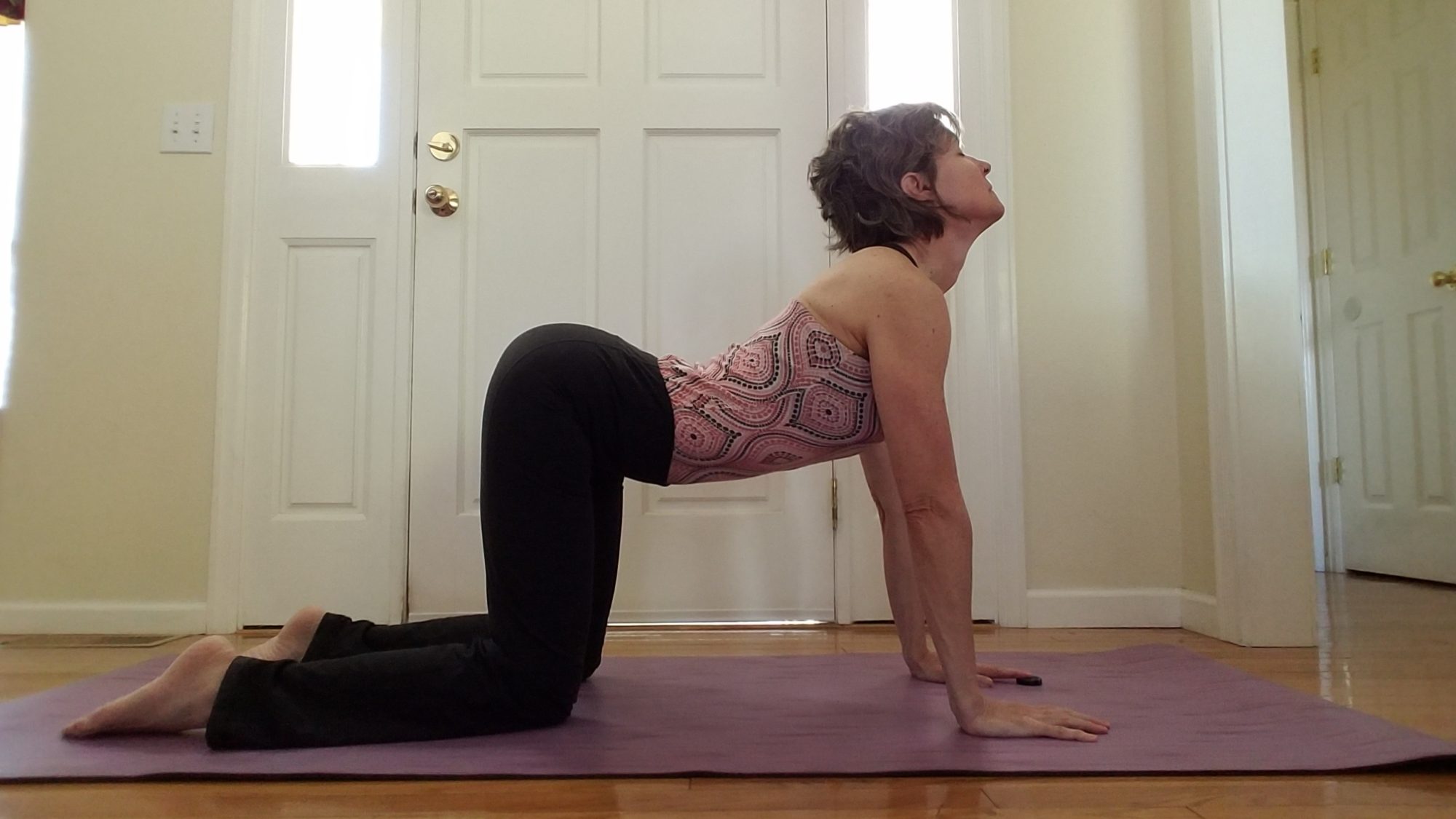
Yoga mat by Iuga
Step-by-step instructions:
- Begin in table position, on all fours. Wrists under shoulders, knees directly under hips.
- On an inhale breath, come into Cow Pose – drop the belly toward the floor. Lift the gaze and the tail, stretching through the front body.
- Exhale into Cat Pose. Round through the back, drop the head toward the floor looking between the legs. Pull the belly in strongly as you press into the palms.
- Move back and forth between Cat and Cow Poses, moving with the breath, for about 1-2 minutes.
5. Corpse Pose – Savasana This pose is typically done at the end of a yoga class to practice relaxing deeply. During Savasana, distractions and sensory stimuli are minimized helping the body to relax more completely.
***By practicing Savasana one can increase the ability to notice your breathing and heart rate and improve your ability to bring yourself into a calmer state of being. Read more about Savasana in my post Why Savasana is the Hardest Pose in Yoga.
Step-by-step instructions:
Collect the necessary props. Props are very important in this pose to be as comfortable as possible. I recommend an Iuga mat, blankets, eye pillow at the very least. A bolster under the knees can add to your comfort. These are the quality blankets I use for my practice. Find a mat, bolster, and eye pillow here: Bean Products – Earth Friendly products for yoga, meditation, home and pets. Made in the USA
- Lie on your back with your legs separated and let the legs relax and fall open.
- With the arms alongside the body, away from the body, turn the palms up and relax the arms/hands. The fingers will naturally curl up.
- Take a brief body scan beginning at the top of the head consciously relaxing your body parts (e.g. Relax the muscles in the forehead. Release the muscles around and between the eyes. Release the jaw, let there be a space between the upper and lower teeth.) Continue down through the body, bringing various body parts to mind, consciously releasing, and relaxing.
- When the mind begins to wander off into the future or the past, as soon as you recognize this, acknowledge it. Then bring your mind back to your body. You can come back to an anchor, such as the breath.
- Bring your awareness to the movements in your body as you breathe, e.g. The rise and fall of the chest and belly, movement in the ribs, soft sound of the breath.
- Stay here in Savasana for 5 minutes or as long as you like! I have been known to stay in Savasana for 15-20 minutes during my home yoga practice. Learn more about this fundamental yoga pose in my detailed post, Why Savasana is the Hardest Pose in Yoga.
Practicing even one of these poses can help to reduce anxiety. It is important to be mindful of your breathing as you practice the poses. Keep a smooth, steady breath throughout. Continually check in with the breath, listening to the sound of the breath and keeping it smooth, breathing in and out through the nose.
A breathing practice, pranayama, called the Bee Breath, is a simple breath that can bring instant relief when feeling anxious. Read my post dedicated to the Bee Breath to learn more. You can also read my post Pranayama for Anxiety to learn about some other pranayama (breathing practices) that help ease anxiety.
***This benefit is only a snippet of the benefits for this pose. I chose the benefit that relates to anxiety. All of these poses have many more benefits to the mind and body.
Which pose do you prefer, or which one(s) do you want to try?
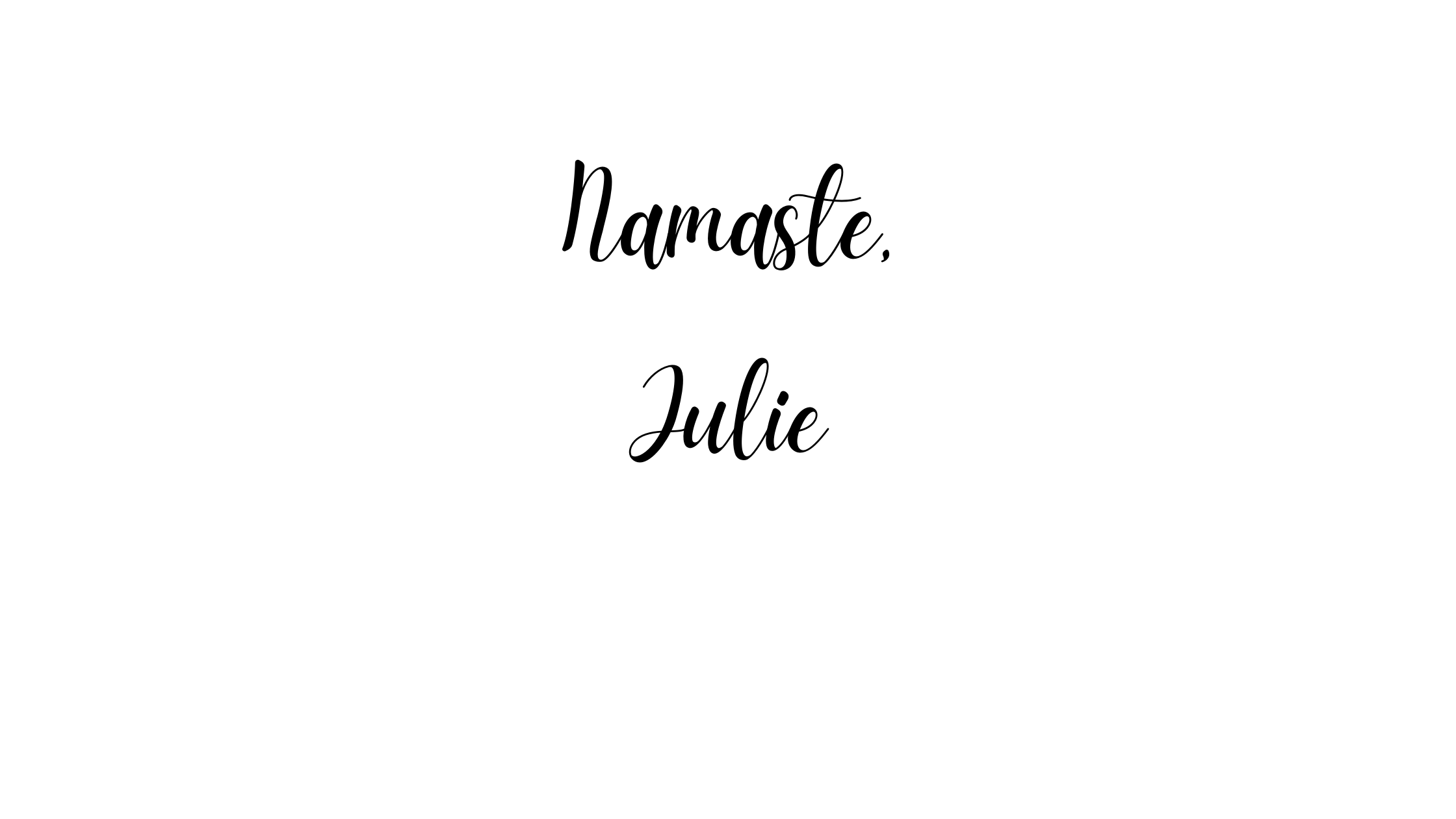
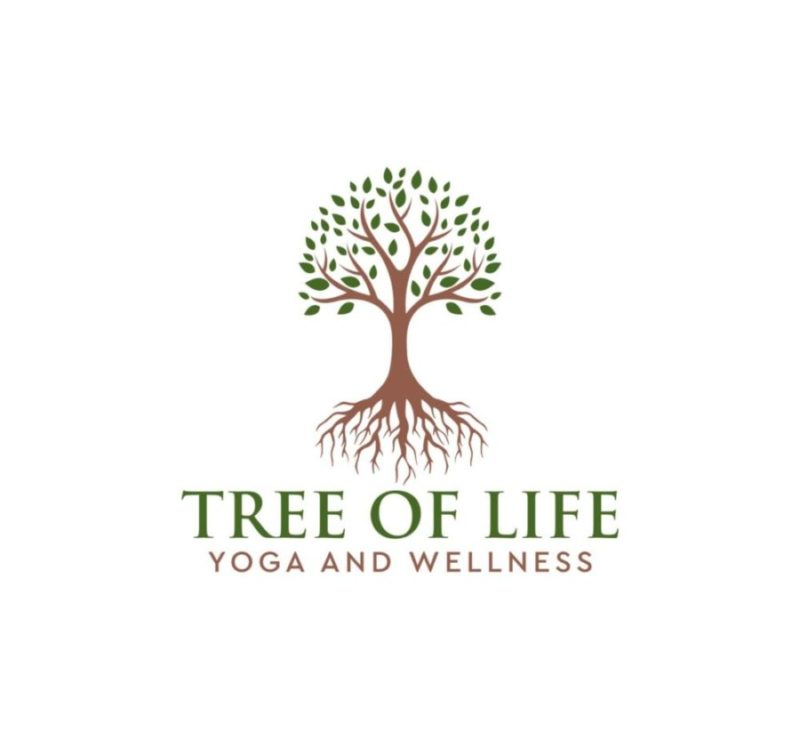


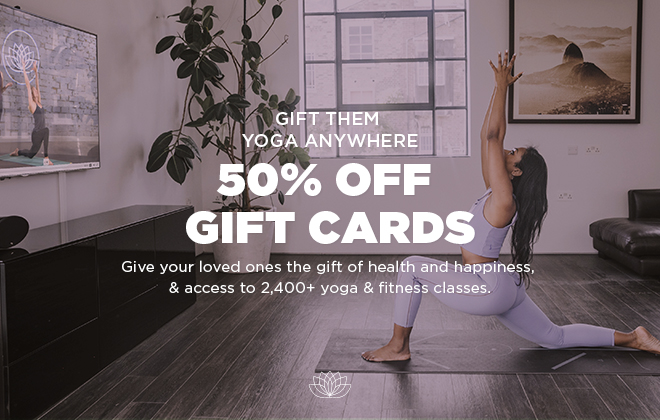



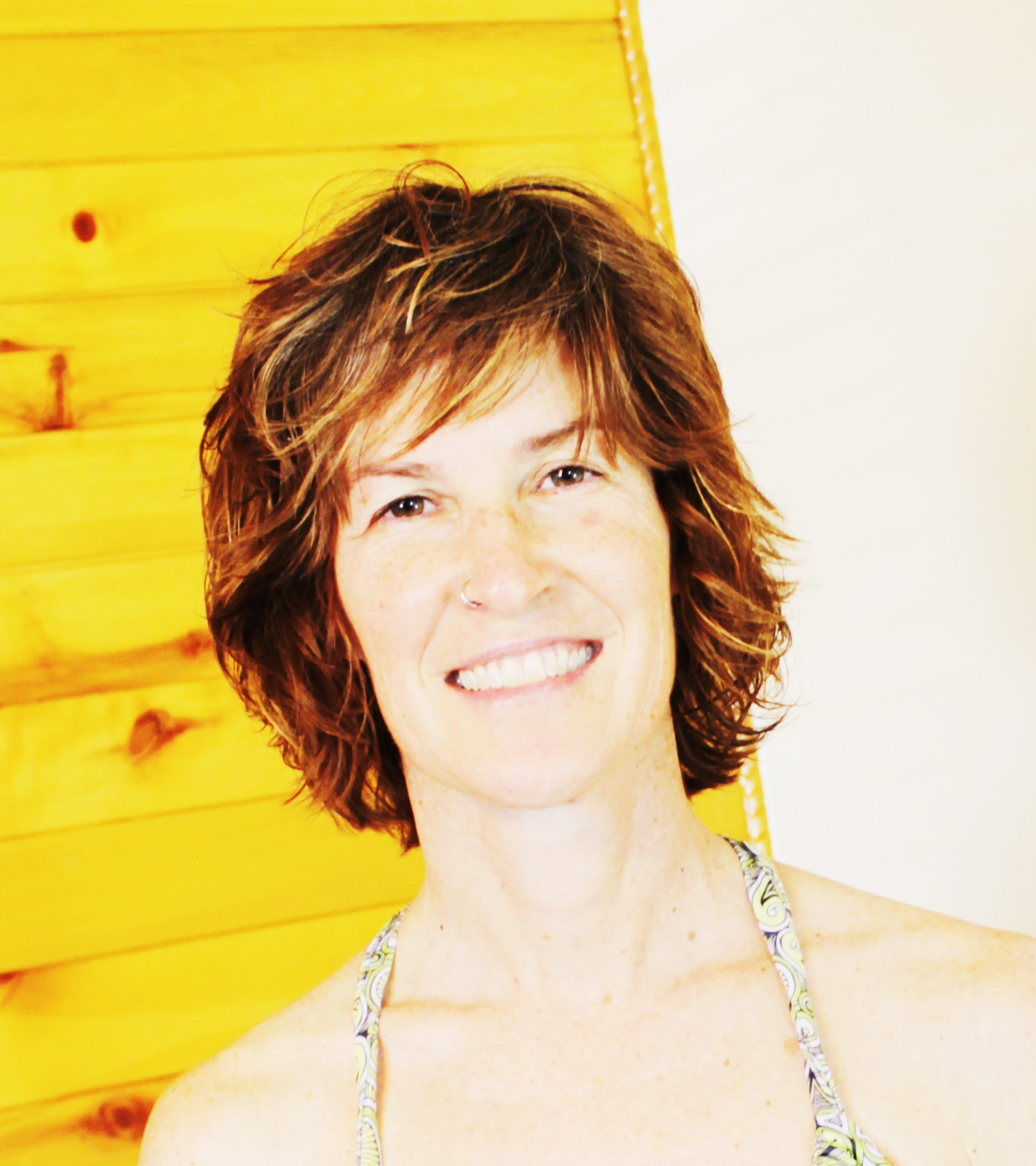
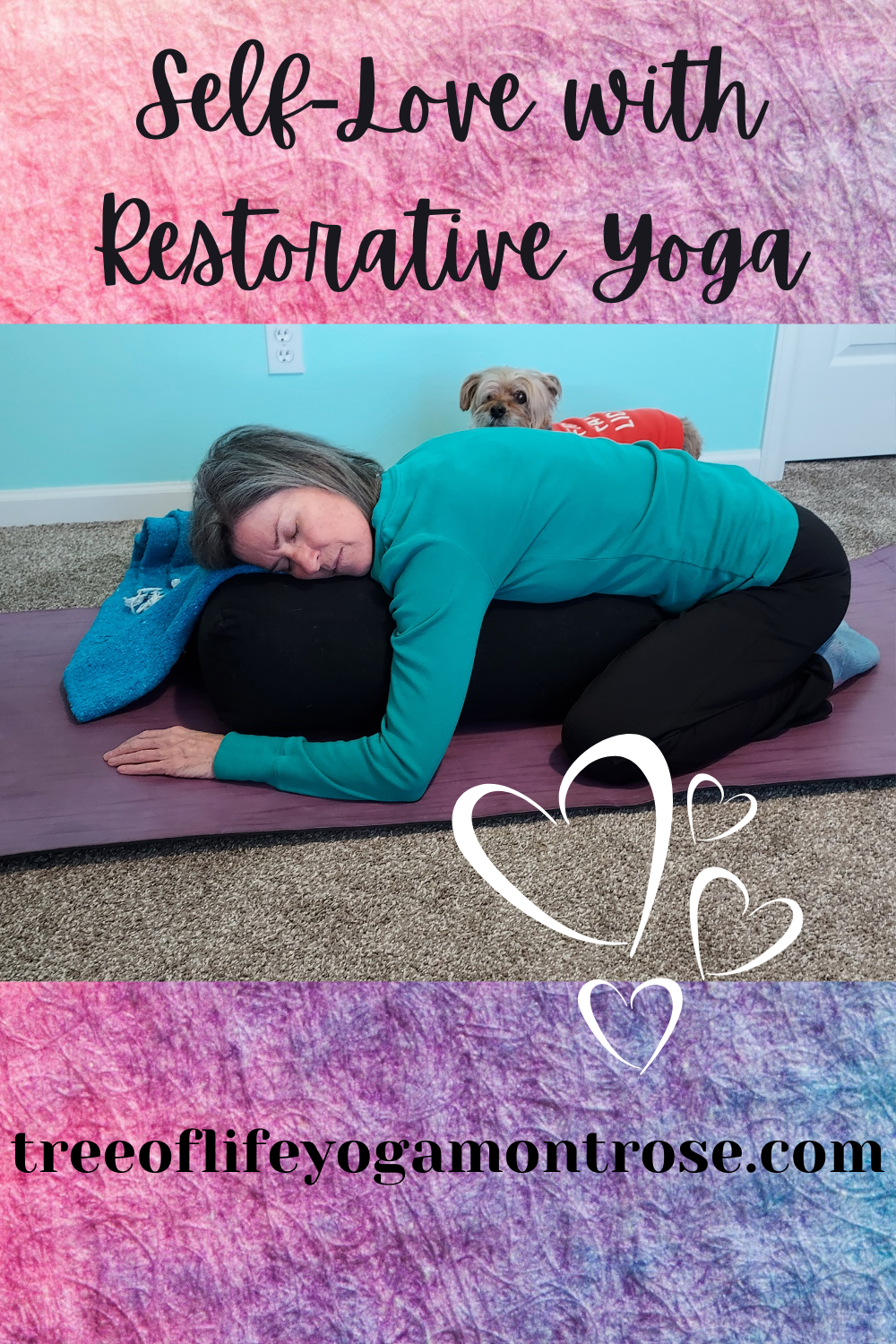
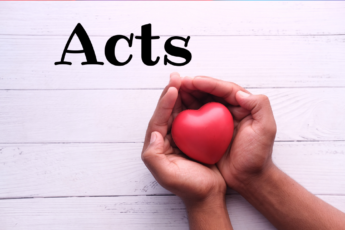
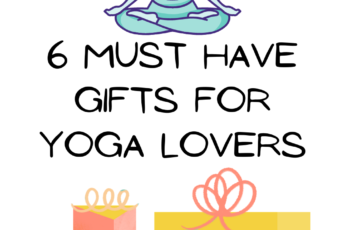
Nishtha
April 7, 2021 11:48 amThis is super helpful! I have only done the last one- shavasan. Will try the others, they look easy
Julie
April 7, 2021 1:12 pmThank you Nishtha! Give them a try, you might just get hooked! 😀
Hege Rebecca
April 6, 2021 11:37 amI love yoga! 😍 All of these poses are amazing.
Julie
April 7, 2021 7:55 amYoga is magical! <3
Alyssa
November 6, 2020 4:08 pmI need to practice these moves! I struggle with anxiety, unfortunately, so I’m appreciative of this post. 🙂
Julie
November 6, 2020 5:30 pmIt really does help! I have a couple of posts that share information about breathing practices for anxiety you might like! Thanks for reading and commenting! 🙂
Emily
November 6, 2020 8:23 amPerfect post for these times… thank you for the reminder to breathe… 💖
Julie
November 6, 2020 5:28 pmIt’s amazing how something as simple as our breath can make such a huge difference! 🙂
Megan
September 7, 2020 6:48 pmThis has come at the perfect time. I have been really struggling to control my anxiety recently so I’ll be using your suggestions here.
Julie
September 8, 2020 12:29 pmHi Megan, I’m glad you came across my post! Enjoy the calm that comes with practicing 🙂
Michal
September 7, 2020 5:00 pmI’m not a huge fan of yoga, but these exercises look really good. I’ve also had some anxiety on and off, and look forward to trying these out. Thanks so much for sharing!! 💜
Julie
September 7, 2020 5:30 pmI hope you find a few poses that you enjoy! 🙂
Cindy Mom the Lunch Lady
September 7, 2020 4:50 pmI do yoga at least once a week, to de stress. It’s a great way to slow down and focus on your well being.
Julie
September 7, 2020 5:31 pmYoga is a great way to lessen the stressors in our lives for sure! 🙂
Felicia
September 7, 2020 4:32 pmPINNING! Thank you!
Julie
September 7, 2020 5:32 pmThank you Felicia! I love sharing what yoga can do for people! 🙂
JustReadingJess
September 7, 2020 3:58 pmGreat post. Thank you for sharing. I will try these poses.
Julie
September 7, 2020 5:33 pmGreat Jess! Yoga is my go-to to de-stress! 🙂
Brittany Fiero
August 3, 2020 4:10 pmI’m definitely going to try this! I am not used to yoga and these exercises and instructions are excellent and helpful. Thank you so much for introducing me to these poses.
Julie
August 4, 2020 12:13 pmThat’s great Brittany! I have several posts that teach you how to do some fundamental yoga poses if you are interested! 🙂 Thanks for reading!
Blair
March 6, 2020 8:18 amI have what we believe is anxiety and ptsd after an accident. I have read that yoga is a wonderful way to de stress.
Julie
March 20, 2020 8:35 pmHi Blair,
Yes the practices of yoga can really help to lessen stress. Pranayama (one of the ‘limbs’ of yoga) is great for that. Check out some of my other posts!
Jen
March 5, 2020 3:34 pmThese poses are wonderful. I relied on yoga to stay in shape during an injury recovery last summer. Seeing them as relaxation tools makes a lot of sense to me.
Julie
March 20, 2020 8:36 pmYoga is magical to me. I’m glad it helped you through an injury recovery. So beneficial for so many things!
Chinenye
March 5, 2020 6:28 amI really need to try this. Thanks for sharing.
Julie
March 20, 2020 8:37 pmPlease do! You will be glad you did! 🙂
Jani Ladner
March 4, 2020 11:27 amI’ll definitely be trying these!
Julie
March 4, 2020 7:37 pmThat’s great Jani! You may fall in love with a few of them 🙂
Lee Anne
March 4, 2020 11:10 amI do love the devotional pose! I will try the others as well. I think I could master that last one! 😉
Julie
March 4, 2020 7:39 pmHi Lee Anne!
I actually have a post about Savasana, check it out! I’m glad you’ll be trying the poses. I’m sharing the love! 🙂
Julie Ann
December 19, 2019 4:21 pmThese poses look very relaxing! I’m bookmarking it to save for those anxious moments!!!
Julie
December 19, 2019 8:15 pmThank you Julie Ann! I hope you find them to be helpful 🙂
Nicole
November 21, 2019 10:37 amI am going to have to try some of these. Thanks!
Julie
November 21, 2019 10:53 amThese are some great poses! I hope you will try a few! Thanks for reading and commenting 🙂
Katie Frazier
August 22, 2019 8:58 amI really need to try this. I’ve been having anxiety about a few things lately, and I could use a release. Yoga sounds like a great option for me!
Julie
August 22, 2019 9:17 amThat’s great Katie! Yoga always makes me feel better 🙂 Thanks for reading!
Rebekah
January 18, 2019 3:26 amThank you so much for this post! It’s exactly what I needed right now.
Julie
January 18, 2019 5:50 pmHi Rebekah!
I hope you found something that was helpful in my post. Thank you for reading and commenting! 🙂